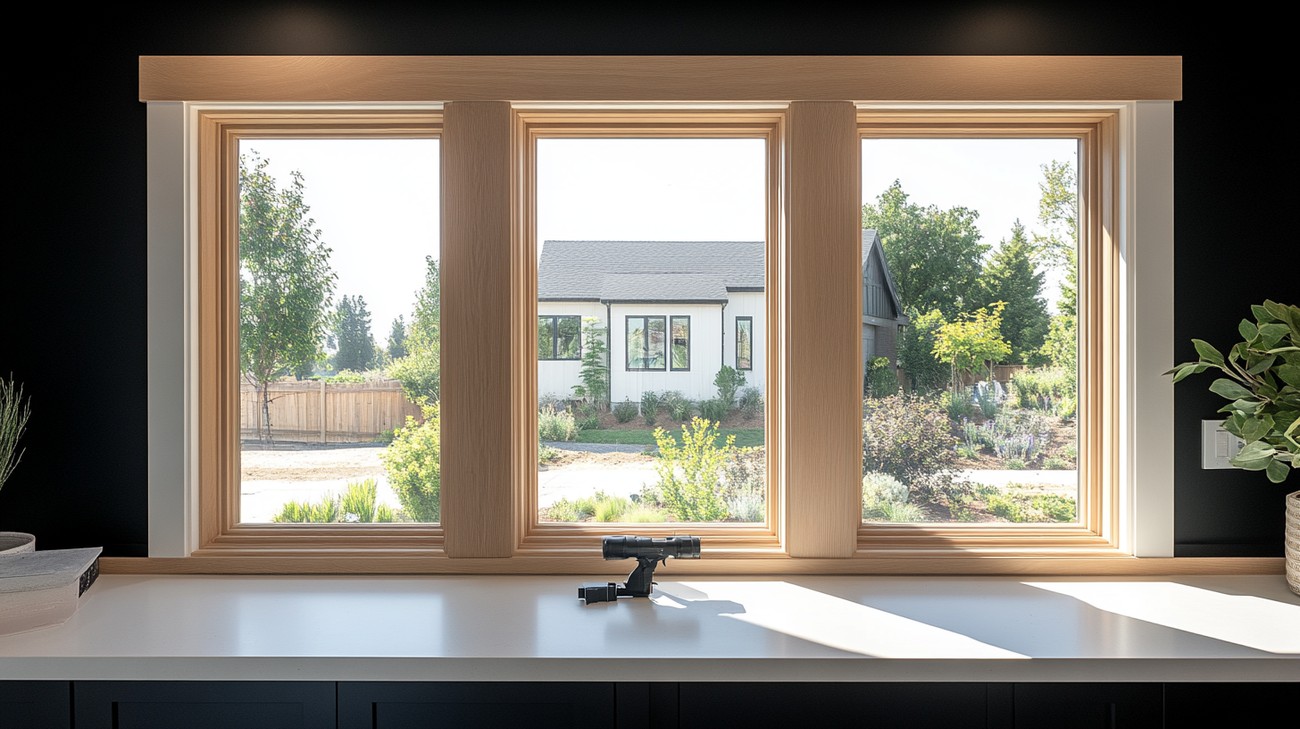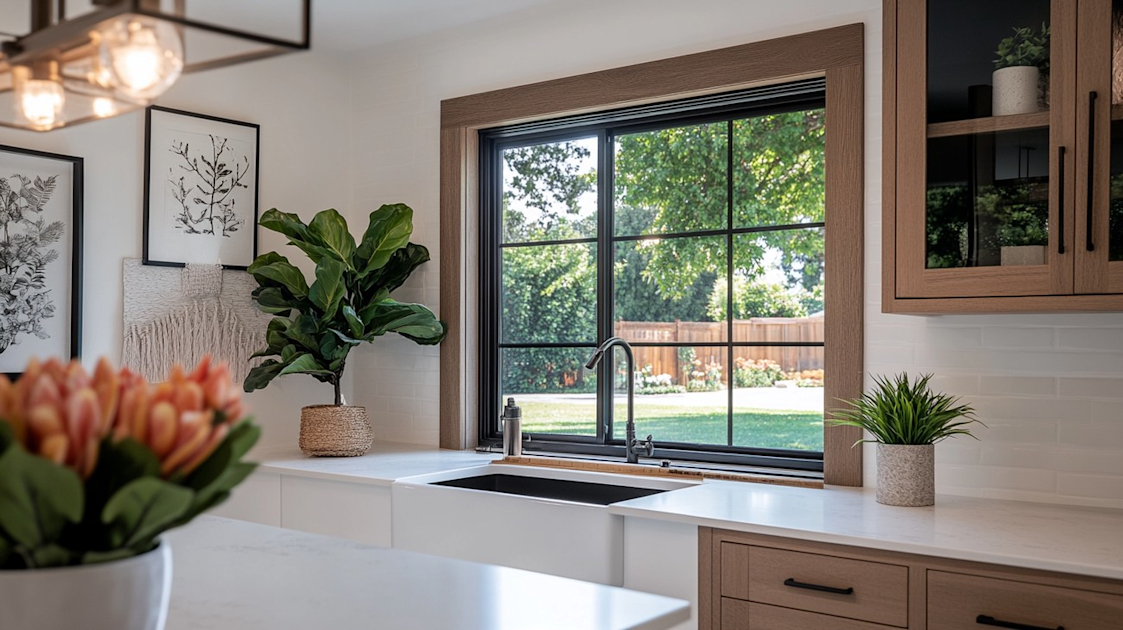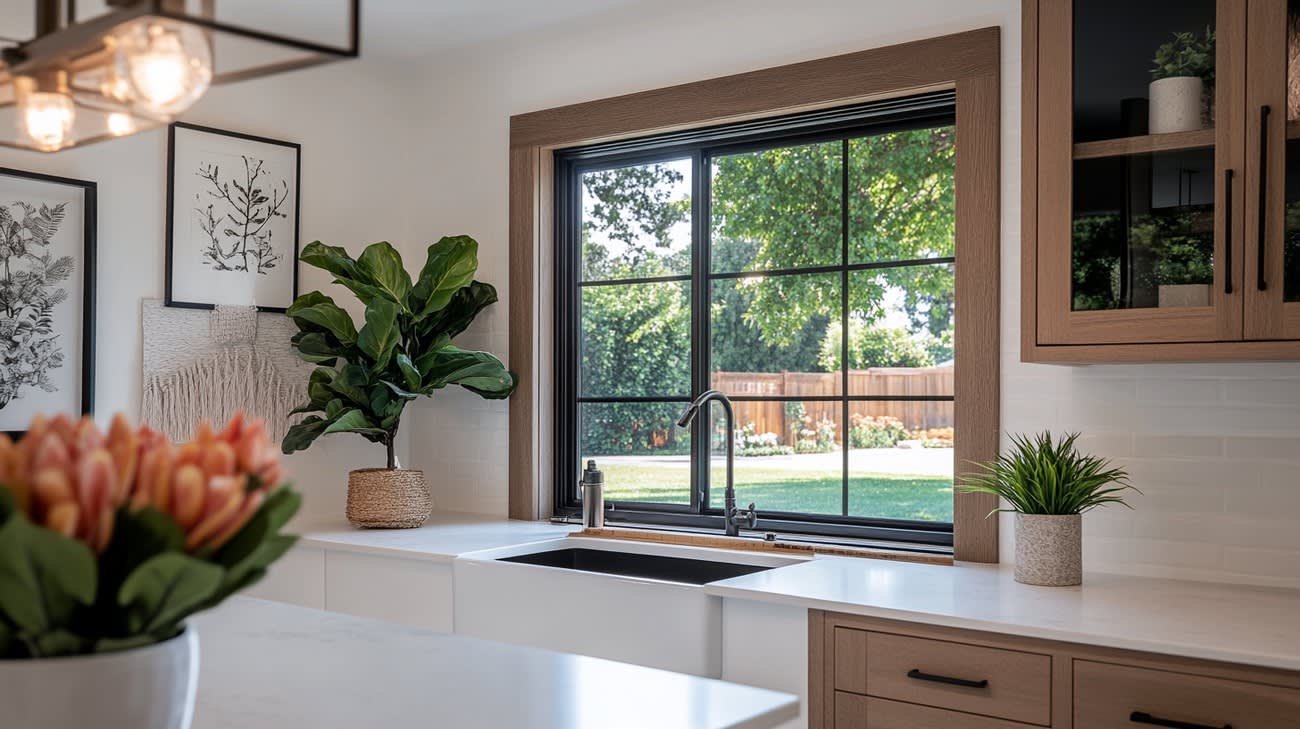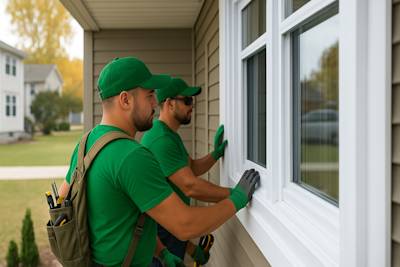In any home, the windows play a vital role not only in lighting and ventilation but also in defining the overall appeal of the property. However, over time, you may begin to notice drafts around your windows, escalating your energy bills, or even causing discomfort due to erratic indoor temperatures. These are clear signs that you need to seal your window frames. In this blog post, we delve deep into the topic "How to seal a window frame," giving you detailed, step-by-step instructions, so you can effectively undertake this vital home improvement project.
The Importance of Sealing Window Frames
Sealing window frames is crucial for every homeowner who desires efficiency and comfort. An adequately sealed window frame minimizes heating and cooling losses, maintaining indoor temperature stability. Consequently, this cuts down your energy bills, promotes eco-friendliness, and optimizes the life of your HVAC system. Importantly, it prevents elements such as rain, snow, or wind from causing damage or discomfort.
Getting the Right Materials for Sealing Window Frames
Before embarking on the task of sealing your window frames, it's important to prepare all the necessary materials. These include:
- Window caulk
- Caulk remover
- Caulk gun
- Cloth or sponge
- Utility knife
Prepare your workspace by arranging these materials in close proximity to your working area. This ensures efficiency and reduces the chances of accidental drops or spills.
The Process: How to Seal a Window Frame
Having prepared the materials, here's how to seal a window frame.
1. Checking for Damaged Sealant
Start by inspecting the existing sealant or caulking around your window frame—run your hands around the window frame to feel for drafts. Where you detect cracks or gaps, that is where the caulk has failed, and resealing is necessary.
2. Cleaning the Window Frame
Remove the damaged caulk using a utility knife. Ensure you get rid of as much old sealant as possible to enable the new sealant to stick better. After removal, clean the area thoroughly using a cloth or sponge. This gets rid of dust, debris, and any remnants of the old sealant.
3. Applying the New Sealant
Cut the tip of your caulk tube at an angle, insert it into the caulk gun, and apply the new sealant into the gaps. Ensure the caulk gets deep into the gap for optimal effectiveness. Smooth the caulk with your finger or a caulk smoothing tool.
4. Cleaning Up and Observing Dry Time
Use a cloth or sponge to clean up any excess or misplaced caulk while it's still wet. Be sure to let the caulk dry for at least several hours or as recommended by the manufacturer’s instructions.

Frequently Asked Questions about How To Seal A Window Frame
What are the benefits of sealing my window frames?
Sealing your window frames can result in a significant reduction in energy costs by preventing drafts. It can also protect against water damage and enhance your home's overall comfort by blocking out elements like noise, dust, and pests.
Can I use just any regular caulk to seal my windows?
Specific types of caulk are recommended for window sealing. Waterproof, exterior grade, and silicone or latex-based caulks tend to work best for this specific task. You should avoid using any sort of adhesive or generic sealant.
What color should the window frame seal be?
This largely depends on the color of your window frame. Usually, clear or white caulk is preferred as it tends to blend in with most frame colors. However, there are colored caulks available if they match better with your specific window frames.
How long does window frame sealing take?
On average, the process typically takes a couple of hours, depending on the number of windows and their conditions. However, the curing time for the sealant can vary from a couple of hours to a few days, during which the window should ideally not be disrupted.
What preparation is needed before sealing window frames?
Before sealing your window frames, you need to clean the area thoroughly, removing any dust, dirt, or old caulk. This ensures a better seal. You may need to use a scraper or a putty knife to remove old sealant or paint.
What time of year is best for sealing windows?
The best time to seal your window frames is during a period of warm, dry weather. Late spring or summer tend to be the best times, but any dry period will do. Cold or wet weather may impede the curing timeline and efficiency of the sealant.
The gaps around my window frames are quite large, can I still seal them?
Yes, It's possible to still seal larger gaps, but you'll need to use backer rod (a foam-like material) to help fill these spaces before you apply your caulk. This ensures a more effective seal.
Can window frame sealing be a DIY project?
Absolutely, if you are comfortable with handy work around your home, window frame sealing can certainly be a do-it-yourself project. There are numerous guides available online, and most hardware stores sell kits with easy-to-follow instructions.
What should I do if I notice old caulk on my window frames?
You should ideally remove any old, failing caulk before applying a new bead. Use a scraper or putty knife to carefully remove it, and then clean the area before applying the new sealant.

Pros of Sealing a Window Frame
Energy Efficiency
Reduction in Energy Bills
One of the most significant benefits of sealing window frames is energy efficiency. Air leaks from windows can significantly increase both heating and cooling costs. By sealing the window frames, homeowners can prevent air leaks thereby, reducing their energy bills.
Increases Home Comfort
Sealing windows can dramatically improve the comfort of your home. It prevents the cold breezes from entering in the winter and keeps the cool air inside during summers, making your home comfortable all year round.
Protection Against Pests
Prevents Insect Infestation
Sealed window frames also prevent insects and other small creatures from getting inside your house. Insects can slip through the tiniest of gaps, but a sealed window frame makes it impossible for them to invade your home.
Protects the Household Items
Prevents Sun Damage
Sunlight that seeps in through gaps can fade your furniture, curtains, or carpet over time. By sealing window frames, you prevent sunlight seepage, protecting your household items from sun damage.
Cons of Sealing a Window Frame
Very Time Consuming
Requires Detail-Oriented Labor
The process of sealing a window frame is very intricate and detail-oriented. Each frame needs to be treated and sealed separately, and it involves multiple steps, taking a significant amount of time.
High Up-front Costs
Cost of Sealing Materials
The items and tools required to seal a window frame such as caulking gun, caulk, foam sealant, etc., are an added expense.
Hiring Professional Services
If you decide to hire a professional for the job, that's another significant cost. Considering the time and effort involved, many people opt for professional help, which can be an expensive affair.
Issues with Ventilation
Reduces Natural Ventilation
One major downside of sealing your window frames is the reduction in natural ventilation that could make your home more stuffy and less fresh. While you can always open the windows to let in some fresh air, during the colder months, this might not be possible.
Maintenance and Potential Replacement
Requires Regular Maintenance
Sealed window frames need regular maintenance. Over time, the sealant can crack or break, requiring a fresh application. This involves additional time and expense.
Potential Need for Frame Replacement
In some cases, if the frame is severely damaged or rotting, sealing it may not be enough. The entire frame or window may need to be replaced, which can be costly and problematic.
In conclusion, while there are numerous benefits to sealing a window frame like energy efficiency, pest control, and protection of household items, there are also several potential drawbacks. These include the time and costs involved, the impact on natural ventilation, and the ongoing need for maintenance and potential replacement.

Myths and Misconceptions about Sealing Window Frames
It's Only about Energy Efficiency
One of the most common misconceptions about sealing window frames is that it’s purely about energy efficiency. While it’s true that sealing your windows can drastically reduce your heating and cooling bills, it’s not the only reason why you might want to undertake this project. Sealed windows also keep out dust, allergens, and pests. Plus, they can significantly reduce noise from the outdoors. Therefore, sealing window frames is about enhancing your general living conditions.
Only Professionals Can Seal Windows
Another misconception in the minds of many homeowners is that window sealing is a process that only professionals can perform effectively. While it's true that window repair technicians have the knowledge, skills, and experience to do the job, with a little research and effort, a homeowner can learn the basics of sealing widow frames. This DIY project can help in saving money and can be a sustainable method for maintaining your home.
All Windows Require Sealing Regularly
Not all windows require regular sealing. The frequency of sealing depends on several factors such as the window's age, material, quality of previous sealing job, and the climate of the area where your home is situated. Older wooden windows require more frequent sealing compared to newer vinyl windows which offer better insulation and longevity.
Expensive Sealing Products are Always Better
One common mistake people make is thinking that the more expensive the product, the better it will work. This is not necessarily the case when it comes to window sealants. Higher cost does not always translate to better quality or longer-lasting sealing. Instead of looking only at the price, consider factors such as the reputation of the manufacturer, the specific needs of your window frames, and the product’s suitability for your local climate.
Sealing Window Frames Decreases Natural Light
One misconception about sealing window frames is that it can decrease the amount of natural light that enters the room. This idea could arise from the use of films or coverings that some people use to insulate their windows. However, sealing a window refers to securing the gaps or cracks around the window frame, not covering the glass itself.
Sealing Windows Makes Your House Airtight
Another myth is the belief that sealing your windows will make your house completely airtight. However, your home will still have some ventilation, even if all your windows are sealed perfectly. There are numerous other places from where air can enter or escape your home. Sealing your windows allows you to control indoor temperature and air quality better by reducing uncontrollable drafts.
Window Frames Don't Need to Be Sealed in Hot Climates
People residing in hot climates often believe there's no need to seal their windows, which is a misconception. Sealing windows offers benefits even in hot climates. It can help keep out insects, dust, and can insulate your home against heat, making your air conditioning system more efficient.
All Windows Can Be Sealed the Same Way
Different types of windows and frames require different sealing methods and materials. For instance, wooden window frames might need a particular type of sealant that differs from what you'd use on aluminum frames. The same applies to the actual windows depending on whether they are single or double pane, or if they are made of glass or plexiglass.
Once Sealed, Windows Don't Need Maintenance
Another prevalent misconception is the notion that once a window is sealed, it no longer requires any maintenance. Any material, even the most durable, can wear out over time and under various weather conditions. Therefore, it's essential to periodically inspect sealed windows to ensure the sealant remains in good condition and hasn’t cracked or peeled.
In conclusion, dispelling these myths and misconceptions about sealing window frames can help homeowners carry out this task effectively while avoiding unnecessary costs and efforts.
Summary
Sealing a window frame is a practical skill that anyone can learn for an efficient DIY home project. It's an essential maintenance process that is part and parcel of owning a house. Being familiar with how to seal a window frame helps you maximize your home's energy efficiency and extend the lifespan of your windows.
Have you always wanted to learn how to seal a window frame? It's not as hard as you think! With the right tools, materials and a little bit of patience, you can pull it off with ease. It's all about installing the sealant properly and giving it ample time to cure. Plus, by learning this skill, you'll be saving tons of money in professional service fees - awesome, right?
So, there you have it. That's how you make your window frames air-tight and energy-efficient. Your crash course on how to seal a window frame might seem like a lot to take in, but remember, practice makes perfect. Gone are the days when you'd need to call in a professional for every minor house repair. So, roll up your sleeves, get into your DIY mode, and start sealing those window frames today!
About GVD Renovations & Remodeling
Meet GVD Renovations & Remodeling - we are a passionate, reliable, and highly-skilled home renovation company based in Roseville, California. With years of experience and a wealth of knowledge, our team is committed to ensuring that your dream home becomes a reality. From kitchen and bathroom remodeling to siding and windows, our attention to detail, excellence in craftsmanship, and top-notch customer service stand out in the industry. Join the GVD family and let's create beautiful spaces together!
Tags: window frame, sealing, home improvement,




















